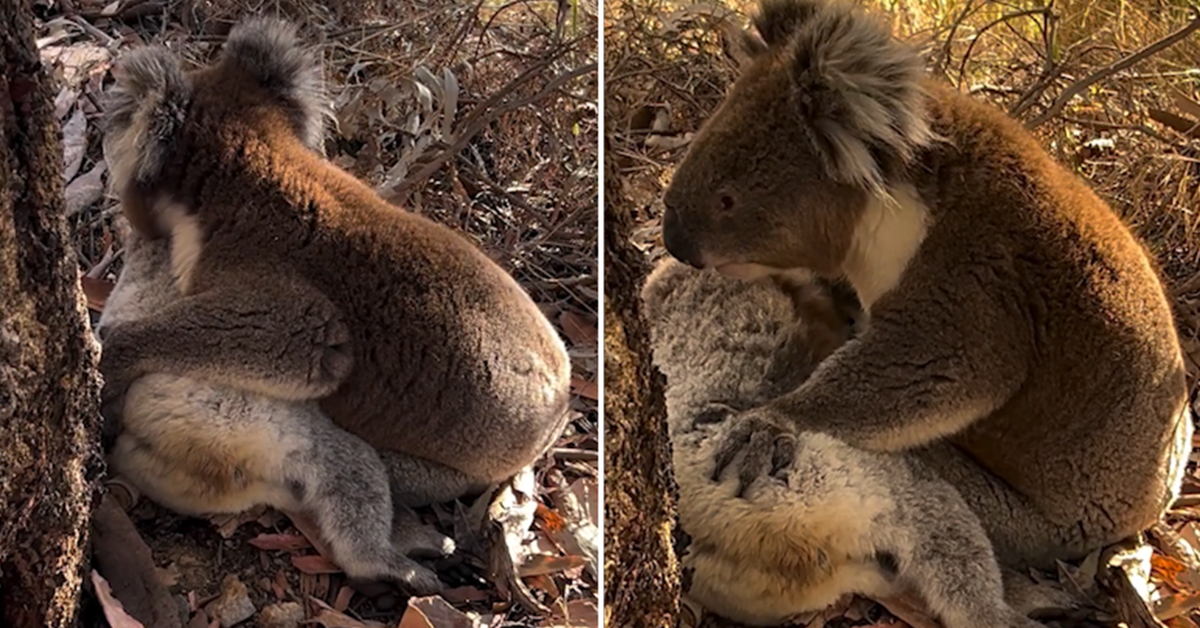Credit:
https://www.facebook.com/Stockmanshalloffame
A Pioneer and Cattleman from Killarney Station
Charles William Tapp, best known as Bill Tapp (2 June 1929 – 22 May 1992), was a pioneer and cattleman from Killarney Station in the Northern Territory.
Tapp lived in a house with a tennis court and a maid during the 1930s and later became a full-time boarder at the Scots College in Bellevue Hill. A champion sportsman and scholar, he represented his school in many sports, swimming, cricket, football, rowing, diving and played tennis at a state level.
He was known to be agonisingly shy and had a pronounced stutter.
While at Scots College, Tapp read the book 'Cattle King' about Sir Sidney Kidman, who owned large cattle stations in the Northern Territory. The book had a lasting effect on him, and he decided that as soon as he finished school, he would become a cattleman.
Tapp settled into station life, learning everything he could. He left Elsey Station a few years later to manage Rosewood Station on the Northern Territory-Western Australian border. He established a droving business in the early 1950s two years later, moving cattle from Alice Springs through Tennant Creek and Elliott along the Murranji Track.
In 1952, Bill Tapp and business partner Bill Crowson bought Montejinni Station. With Crowson's family, the business partners transported all their worldly possessions and their plant of horses up the Murranji to Montejinni. With them was an Aboriginal stockman and a young sixteen-year-old deaf man, Kenny Wesley.
Following a breakdown in the relationship with the Crowsons, Bill Tapp began talks about buying Killarney Station. He reached an agreement in 1960 to pay £90,000, a Northern Territory record price for a cattle station at that time. He received the title to Killarney in 1962.
Tapp's empire began under a bough shed at Mayvale Bore with a sign swinging off a post saying "COCKRAG DOWNS".
Tapp met his future wife, June Clements (née Forscutt), a divorcee with three small children while staying at her mother's house in Katherine. After their first meeting, Tapp stated that he wanted to marry her. The courtship was short and sweet, and June soon found herself out at Killarney Station living under a bough shed, a structure made from four tree posts with fencing wire slung across the top and branches thrown over to make shade. The bough shed was the kitchen, the office and the doctors' surgery.
On 2 August 1962, Tapp wrote in his diary, 'Day off – got married today'. Bill and June Tapp went on to have seven more children.
Tapp purchased Maryfield Station, Roper Valley Station and Mountain Valley Station.
Bill Tapp and June divorced in 1985. After years of mismanagement of credit extensions by the agricultural company Elders, the Tapp family properties went into receivership in 1991. All three properties owned by the Tapps were advertised for sale. After a battle in the Northern Territory Supreme Court between the Tapps and Elders, Killarney Station and Maryfield Station were sold, but the Tapps were permitted to retain Roper Valley Station.
Tapp died on 23 May 1992 at home at Killarney Station at the age of 62. He was buried at the station on 3 June.
Image: NLA
#KilarneyStation#Cattlemen
#Ourstories #Ourunsungheroes #Kidman#Scotscollege
 https://www.facebook.com/Stockmanshalloffame?__cft__[0]=AZXp3z2O80vqXDJUPJIPGJqWR6BBNQ99fKyJEIm0bHcx-g4dxsrw42fgusc9ApsAW72LosAMoTGHEuVFA95QKVZ-g0rp_w8ERfbLyUDz31FmsIt7Lc-Lcn12BExGh9uFu-RKYDP4_oidgB5Rbp6P_uuj-ufbL3DKtIBKVXaxITPbvndYPLyk4Sz4Oci-JU5Pw5c&tn=,mH-R
https://www.facebook.com/Stockmanshalloffame?__cft__[0]=AZXp3z2O80vqXDJUPJIPGJqWR6BBNQ99fKyJEIm0bHcx-g4dxsrw42fgusc9ApsAW72LosAMoTGHEuVFA95QKVZ-g0rp_w8ERfbLyUDz31FmsIt7Lc-Lcn12BExGh9uFu-RKYDP4_oidgB5Rbp6P_uuj-ufbL3DKtIBKVXaxITPbvndYPLyk4Sz4Oci-JU5Pw5c&tn=,mH-R
Below....is a bough shed. Made from tah boughs of trees...the 'roof' is bits of bark and dried out remnants of the weeds growing there....maybe camel thorn, galvanised burr, etc. It was intended to keep the sun at bay. There was rarely enough rain to worry about.
This particular bough shed, was a school.



:max_bytes(150000):strip_icc()/185674334-589d57163df78c4758e12982.jpg)




